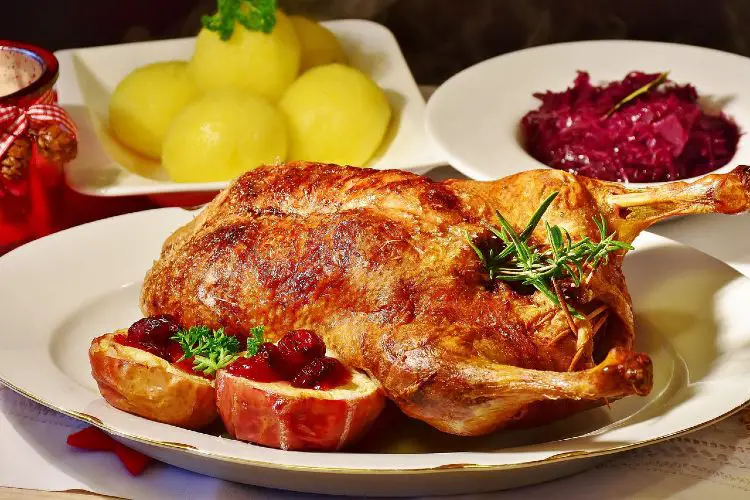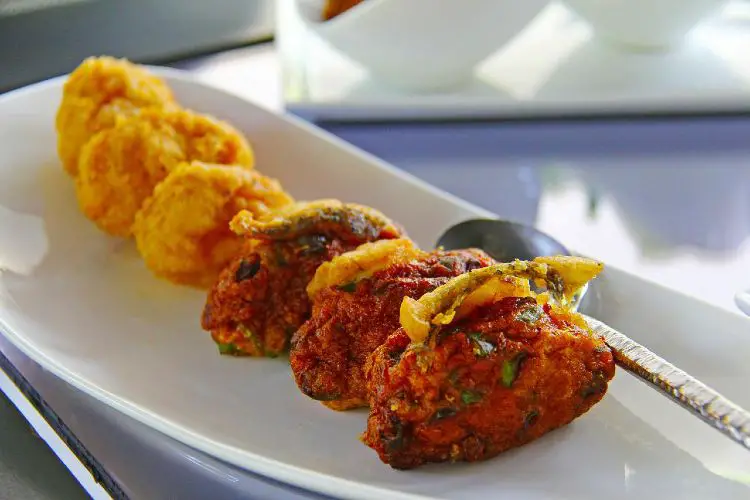Meet the Producer: Sally Francis at Norfolk Saffron
In The Foodie Bugle Shop we are committed to showcasing great British food producers, and we were delighted to come across Norfolk Saffron, whose crocuses are cultivated on a smallholding near Burnham Market. The saffron is internationally rated in the very top gradation for quality, putting it on a par with the finest Spanish and Iranian saffron stamens. The flavour is so intense, a tiny bit goes a very long way!
The plot has been in Sally Francis’ family since 1935. She is an Oxford educated botanist with a doctorate in plant pathology. I wanted to learn more about how saffron came to be grown in that part of Britain, so for our “Meet the Makers” series, I decided to find out a little more about her. Here is what she told me about her work.
Q: Sally, how did you go from a doctorate in Plant Pathology at Oxford University to growing saffron in Norfolk? What a journey!
A: The short answer: starting a family and taking a career break from agricultural research! This coincided with our corms starting to produce too much saffron for us to use ourselves. We had been growing them for ourselves since 1997 – I received 20 corms as a birthday present from my mother. She suggested trying selling some at a local market and we sold out. This then made us seriously think about saffron’s potential. The skills and resources we have in the family seemed a perfect fit for making in into a business. Having proved the concept, I then applied for an RDPE grant (Rural Development Programme for England) to set up a microenterprise. That’s how Norfolk Saffron was born.
Q: What is the history of saffron growing in Norfolk?
A: The first Norfolk reference is in 1461 in the herb gardens of Norwich Cathedral Priory (a monk was reprimanded for selling saffron privately). There are lots more references in field names, tithe payments, estate records, customs records etc., and the north Norfolk villages were famous for their saffron production in the C16th. They even exported large amounts to the Low Countries. But the story of saffron in Norfolk has been completely forgotten because of a statement in a botanical book published in about 1790. It implied saffron was only grown at Saffron Walden so over the years the true extent of saffron cultivation has been forgotten. The last reference I’ve found in Norfolk is circa 1796, but the plant carried on being grown in Cambridgeshire by England’s last grower till about 1825.
Q: What is it about the particular soil-climate-conditions of the Norfolk region that lend it to saffron growing?
A: Partly it’s the soil and the climate, and partly it’s the skill of the grower. It’s really hard to get saffron to flower regularly and profusely and my botanical background has really helped with that.
Q: Please tell us about your cultivation year – from planting to harvesting, picking the stamens, packing and selling.
A: The harvest typically starts around October-November. Typically I’m outside at 7am each day gathering (that’s the proper Tudor term for it) that day’s new flowers. Then they’re taken indoors and the saffron stigmas are picked from them. The flowers are discarded and the saffron is dried the same day. This all takes the rest of the day and the latest I’ve worked on it is 2am. If the weather is kind, the next day the saffron beds will be covered in more flowers and buds and the processes are repeated. New buds develop really quickly overnight. We can’t put off the gathering and picking. It has to be done daily to get the best quality saffron. I have family help at harvest, which is really important. Eventually the numbers of new flowers diminishes each day until it stops, usually sometime in November.
I don’t start the weighing and packing until I’ve finished harvesting. As soon as the first saffron is weighed the selling process begins, normally late November. Lifting and replanting happens in around July. At that time old beds are dug up and the saffron corms (which are dormant) are replanted onto fresh ground. We don’t use any sprays on the saffron, so a large part of the year is taken up with hoeing weeds. Then there’s all sorts of other tasks – keeping my machinery running properly, growing plants for our conservation project, ploughing and preparing the soil for the new beds, trying out ideas for new products, and so on.
Q: When you first started the business how did you find your route to market?
A: Our first route was through food markets, then we created a website and lastly we approached local shops in the area.
Q: What makes Norfolk saffron so special?
A: There are so many things that make it special! Unique provenance, firstly. Great quality backed up by our Great Taste Award and laboratory test results plus customers’ feedback. Special picking and drying methods we use to get the highest quality. No air miles. Re-introduction of a lost crop into a traditional growing area after 200 years absence. Freshness – it’s only the saffron from the most recent season’s harvest, never older stock – this means customers can enjoy its amazing flavour and aroma whilst it’s at its best. Whole threads, so you can count out the amount you need and get reproducible results.
Q: Tell us about your business plans for the future.
A: We hope to continue expanding the area we grow and develop really interesting new products with our saffron. I spend a long time researching ideas for new products. We launched our ‘King Harry’ orange and saffron liqueur last year, and I have more plans for this year.

